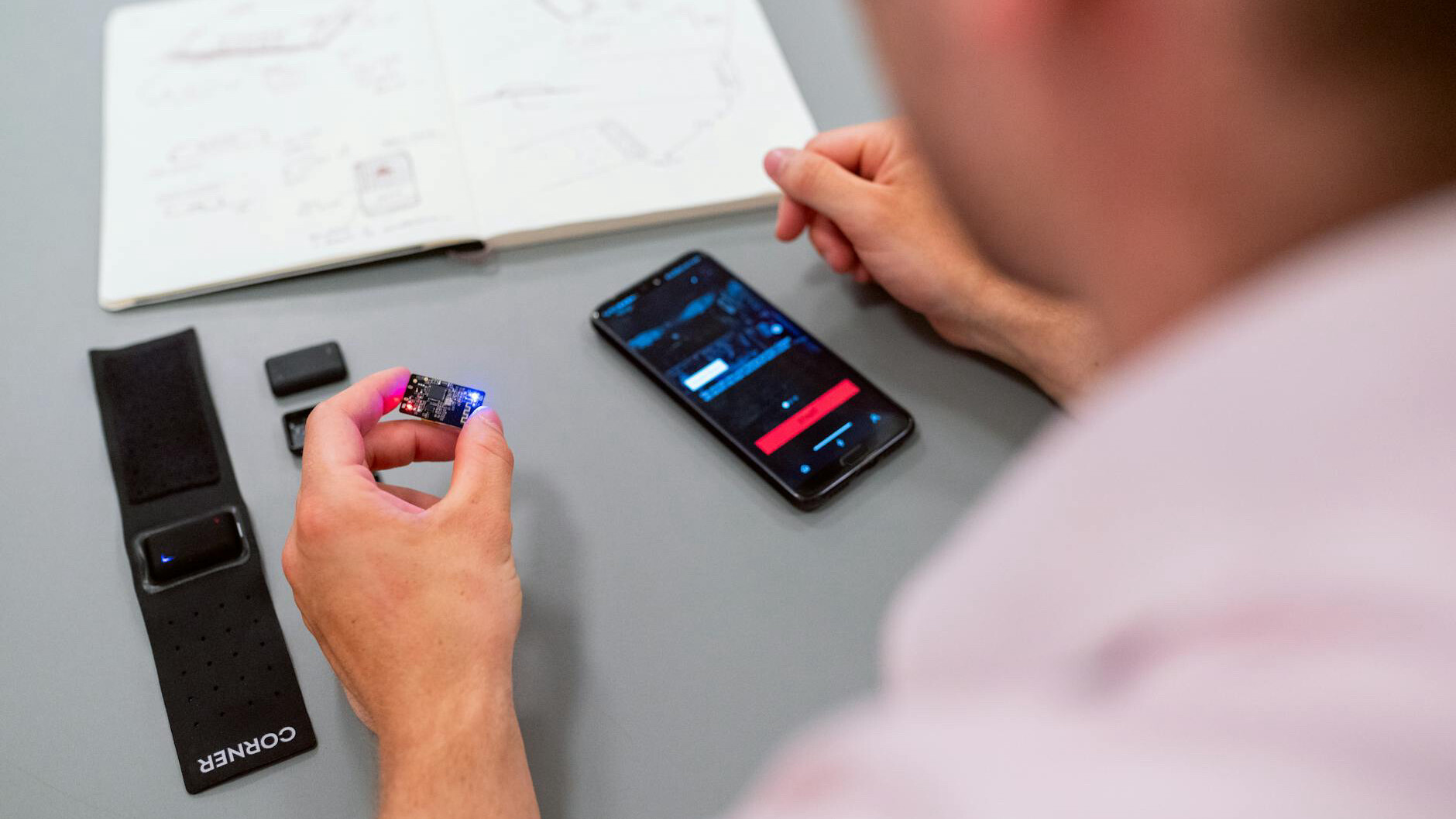- Home
- Collective
- The Unseen Power of UX: Transforming Web Design
The Unseen Power of UX: Transforming Web Design
It’s no longer enough for websites to be visually appealing; they must also be intuitive and user-friendly to meet the high expectations of modern users. User Experience Design (UXD) has grown from a peripheral consideration to a pivotal element of web design. This shift was particularly pronounced with the rise of mobile internet usage and the demand for responsive web designs. Leading companies like Apple and Google have championed user-centered design, setting new standards for intuitive and seamless digital experiences.

Why UX Matters
The primary goal of UX design is to create seamless, intuitive, and enjoyable experiences for users. By prioritizing UX, businesses can ensure that their websites not only attract visitors but also keep them engaged and satisfied. A well-designed UX can reduce bounce rates, increase conversion rates, and foster customer loyalty, all of which contribute to the overall success of a website.
Key Components of UX Design
- User Research and Personas: Understanding the target audience is the first step in UX design. Through user research, designers gather insights into users’ needs, behaviors, and pain points. Creating detailed user personas helps in visualizing these insights, enabling designers to craft experiences that resonate with real users.
- Information Architecture (IA): Organizing and structuring content in a logical manner is crucial for usability. IA involves creating a site map and wireframes that outline the layout and hierarchy of information, ensuring users can easily find what they are looking for.
- Wireframing and Prototyping: Wireframes provide a skeletal framework of the website, focusing on layout and navigation. Prototypes bring wireframes to life, allowing for early testing of functionality and user interactions. This iterative process helps in identifying and addressing usability issues before the final design phase.
- Visual Design: Aesthetics play a significant role in user experience. The visual design phase involves creating high-fidelity mockups that align with the brand’s identity, ensuring a cohesive and visually appealing interface.
- Usability Testing: Testing with real users is essential to validate design decisions. Usability testing helps identify pain points and areas for improvement, ensuring the final product meets user expectations.
Development: The Backbone of UX
Development is integral to UX design, transforming visual concepts into fully functional websites. It’s crucial to work with agencies that provide both design and development services, as design concepts from agencies lacking development expertise can be too complex or unfeasible to implement. A cohesive team ensures that solutions not only look good on paper but are also seamlessly integrated into the final product.
Reducing Cognitive Strain
Cognitive strain refers to the mental effort required to navigate and interact with a website. Reducing this strain is essential for enhancing user satisfaction. Clear navigation, concise content, and a well-organized layout help minimize cognitive load, allowing users to complete tasks effortlessly and enjoy a seamless browsing experience. Focusing on these elements ensures a more user-friendly experience, ultimately leading to higher engagement and satisfaction.
The Cost and Value of UX
Investing in UX design might seem expensive at first, but it is a cost-saving measure in the long run. By addressing usability issues early, businesses can avoid costly redesigns and reduce user frustration. Key Performance Indicators (KPIs) such as user retention, task completion rates, and customer satisfaction scores demonstrate the tangible benefits of good UX design. The return on investment (ROI) becomes evident through improved user engagement, higher conversion rates, and increased customer loyalty. Thus, the benefits of UX far outweigh the initial costs, making it an indispensable investment for any business aiming to succeed in the digital landscape.
Conclusion
In today’s competitive digital landscape, user-centered design is not just a trend but a necessity. Websites must be more than visually appealing; they need to provide intuitive and satisfying user experiences to stand out and succeed. By prioritizing UX design, businesses can ensure their websites effectively meet user needs, driving engagement and achieving long-term success. This approach leads to websites that are not only aesthetically pleasing but also highly functional, providing a seamless user experience that fosters loyalty and satisfaction. Investing in UX is crucial for any business that wants to remain relevant and competitive, making it a cornerstone of modern web design.
Related Articles
The Hidden Usability Issues
August 3, 2024
Understanding User Interface (UI)
July 10, 2024
Cognitive Fluency: Enhanced User Experience (UX)
July 10, 2024



